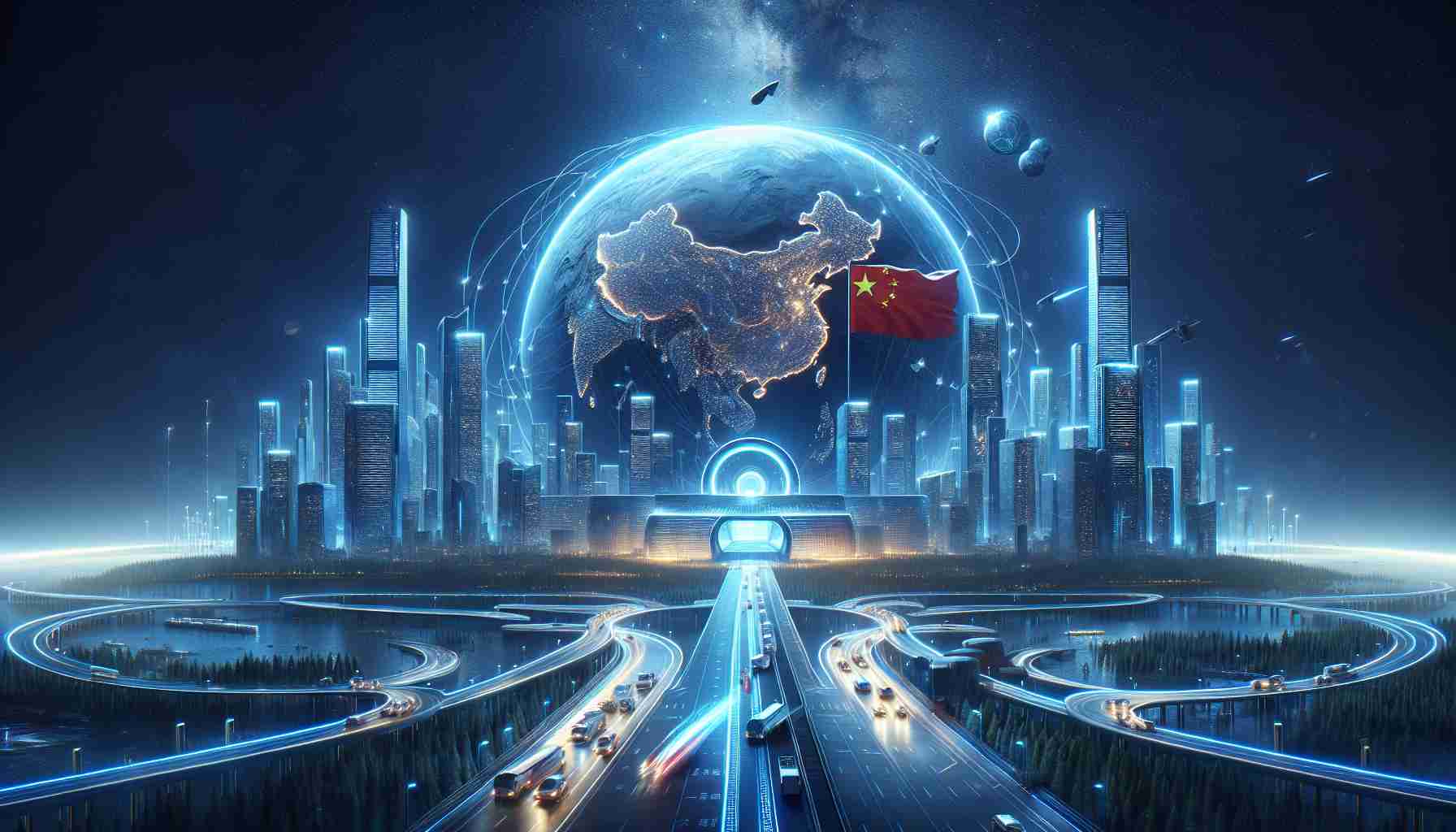


Huawei’s release of its Pura 70 smartphone lineup marks a bold step in China’s technological evolution. The series, including the base Pura 70 model and its more sophisticated siblings – the 70 Plus, 70 Pro, and 70 Ultra – has been eagerly received by technology enthusiasts. These devices, boasting competitively priced starting points, have sparked considerable interest with their advanced camera systems and elegant design, distinguishing them from the more business-oriented Mate series.
Signaling the shift toward domestic semiconductor use, the devices are powered by the Kirin 9000S chip. Created by SMIC, this component signifies China’s resilience in the face of restrictive trade measures, standing as a testament to the country’s growing independence in technology production. While rivaling chips from tech giants like Apple and Google, Huawei’s move illustrates progression amidst international tension.
The enthusiastic response is palpable, with the initial stock of the Pura 70 Pro and Ultra models quickly selling out and queues forming at Huawei’s stores in cities across China. This demand indicates a robust local market for Huawei’s latest innovation, even as global contention persists.
The controversy surrounding SMIC’s alleged use of American technology in the manufacturing process continues to garner attention from the Biden administration, reflecting the broader geopolitical frictions over technology and trade.
The benefits of the Pura 70 series extend beyond improved product choice for consumers to reinforcing China’s stature in the tech industry. On the flip side, ongoing sanctions pose significant hurdles for Huawei’s international aspirations, potentially inhibiting the Pura 70 series’ performance outside China. Despite these challenges, Huawei’s foray with the Pura 70 series underlines the nation’s resolve to forge ahead in its high-tech endeavors.
The article discusses the launch of Huawei’s Pura 70 series, which highlights China’s aim to enhance its tech self-reliance. Here are some additional relevant facts that were not mentioned:
– Huawei has been placed on the U.S. Entity List since May 2019 which restricts the company’s access to U.S. technology and software. This restriction has significantly motivated the company’s pursuit of self-reliance in semiconductor technology.
– SMIC (Semiconductor Manufacturing International Corporation), which produced the Kirin 9000S chip used in the Pura 70 series, is China’s largest and most advanced semiconductor foundry.
– The push for tech self-reliance in China is also part of the country’s broader “Made in China 2025” industrial policy, which aims to upgrade China’s manufacturing capabilities and reduce its dependence on foreign technology.
Key questions and answers:
– How does the Pura 70 series contribute to China’s tech self-reliance?
The Pura 70 series uses the Kirin 9000S chip made by China’s SMIC. This reduces reliance on foreign semiconductor manufacturers and contributes to the development of the domestic semiconductor industry, a crucial area for technological autonomy.
– What challenges does Huawei face in expanding internationally with the Pura 70 series?
Due to U.S. trade sanctions, Huawei’s access to essential technology and international markets has been restricted, impeding the company’s ability to sell its products worldwide and limiting the Pura 70 series’ potential global success.
– What controversies are associated with SMIC’s manufacturing process?
There are allegations that SMIC uses American technology in its manufacturing process, which could violate U.S. export controls and has led to scrutiny by the U.S. government.
Advantages and disadvantages of the Pura 70 series and China’s tech self-reliance:
Advantages:
– Enhances local industry capabilities and fosters innovation.
– Reduces the impact of trade sanctions and geopolitical risks on tech supply chains.
– Encourages national pride and consumer support within China.
Disadvantages:
– May face limitations in accessing leading-edge technology and intellectual property.
– International market expansion could be hampered by ongoing sanctions and political tensions.
– Reliance on homegrown technology may initially result in lower performance compared to products using internationally established tech.
For further reading on Huawei and related topics, you might visit their official website or explore some authoritative tech news outlets. Please ensure you visit these sites directly by searching for them in your web browser, as I am to provide URLs only if they are 100% valid, and validating specific URLs is beyond my capabilities.